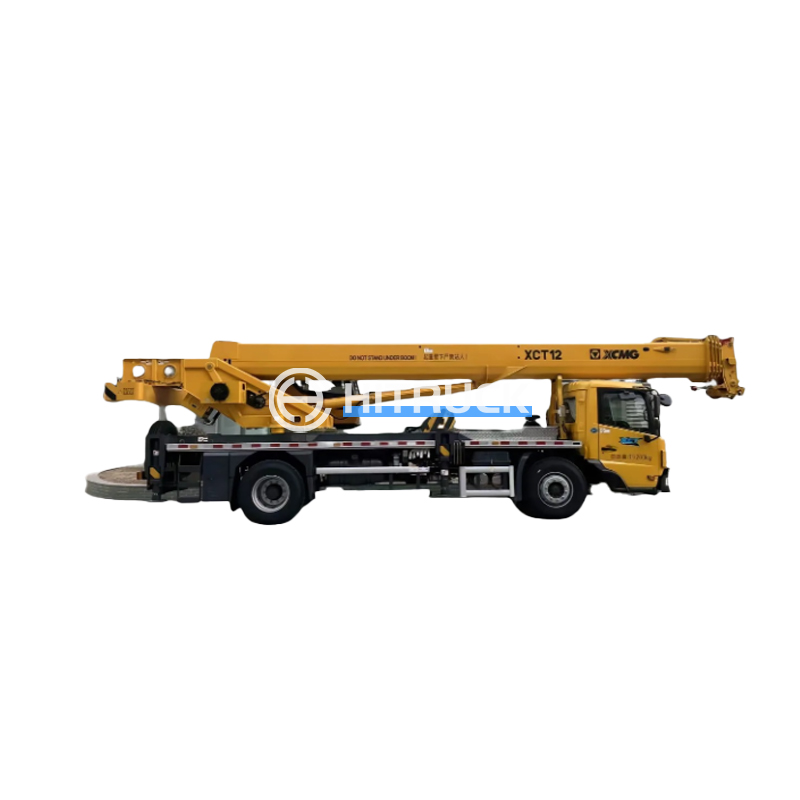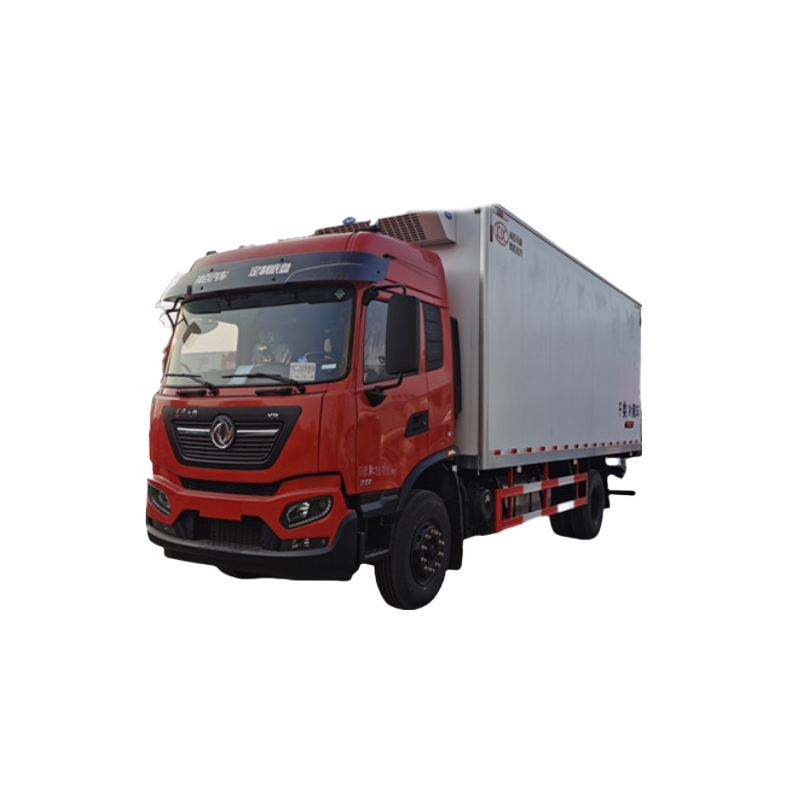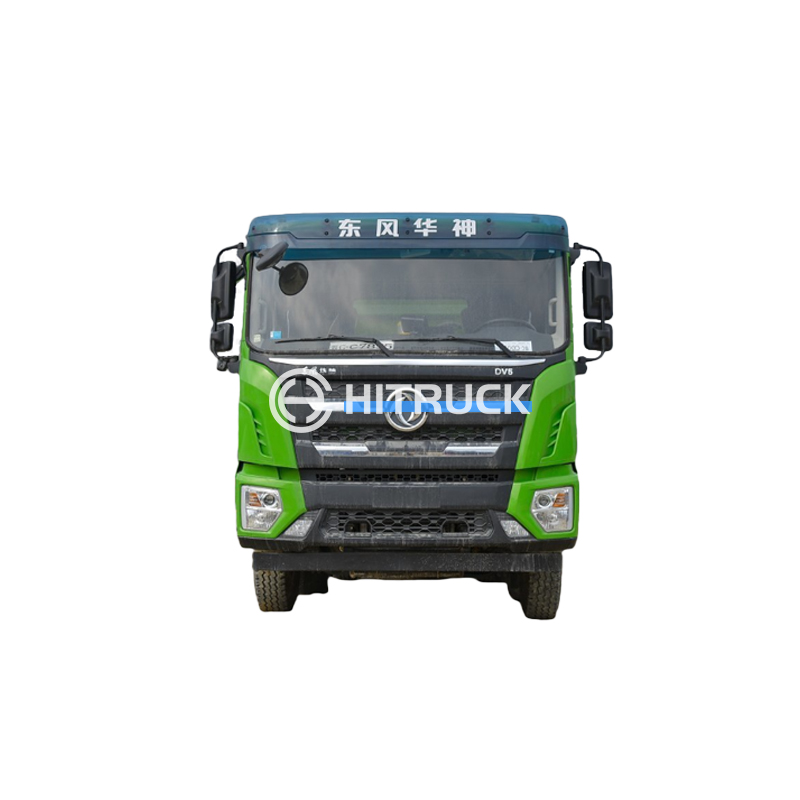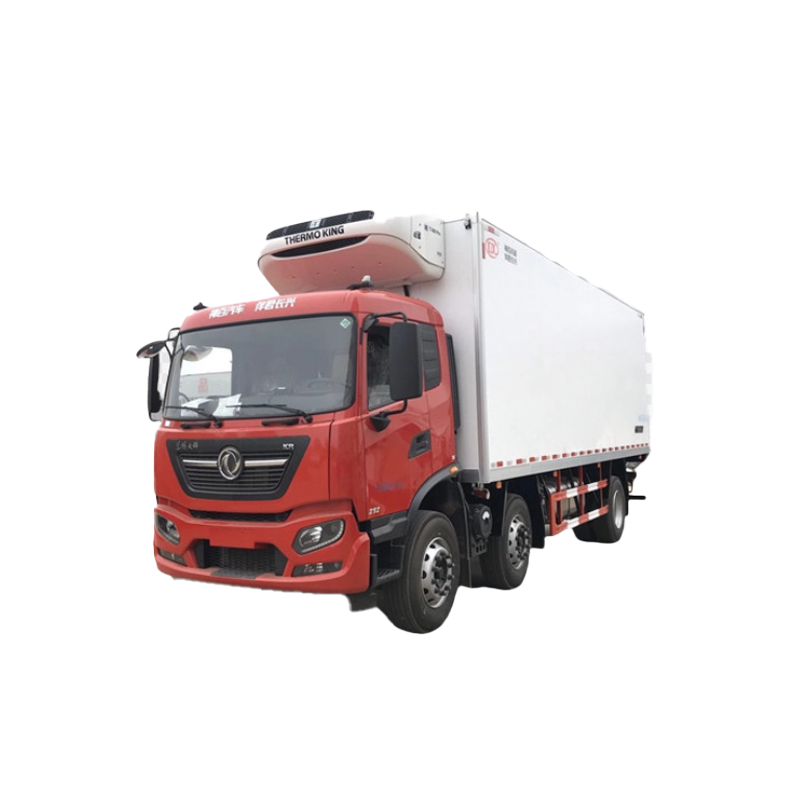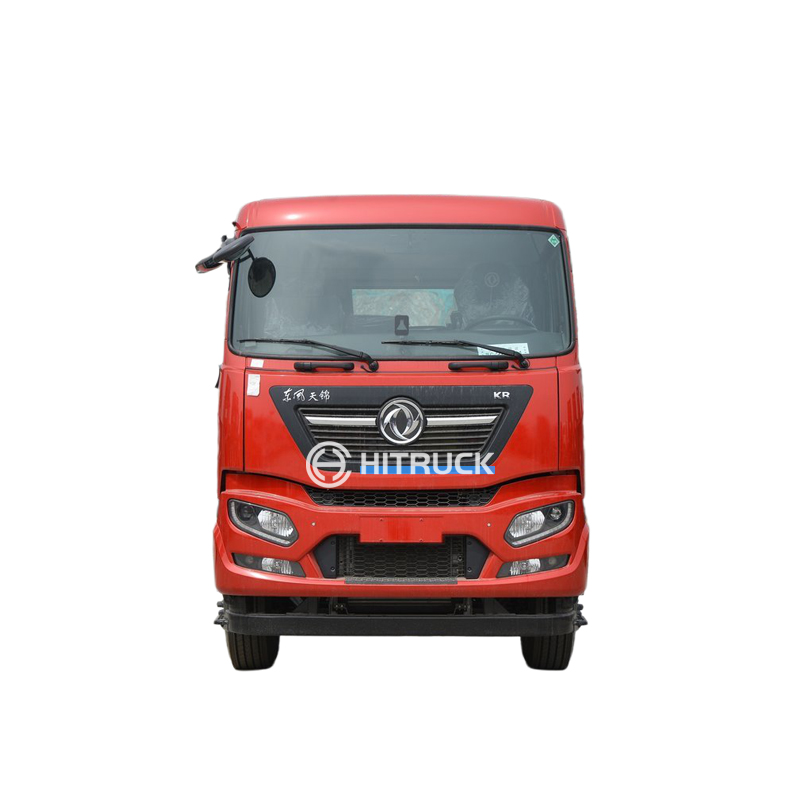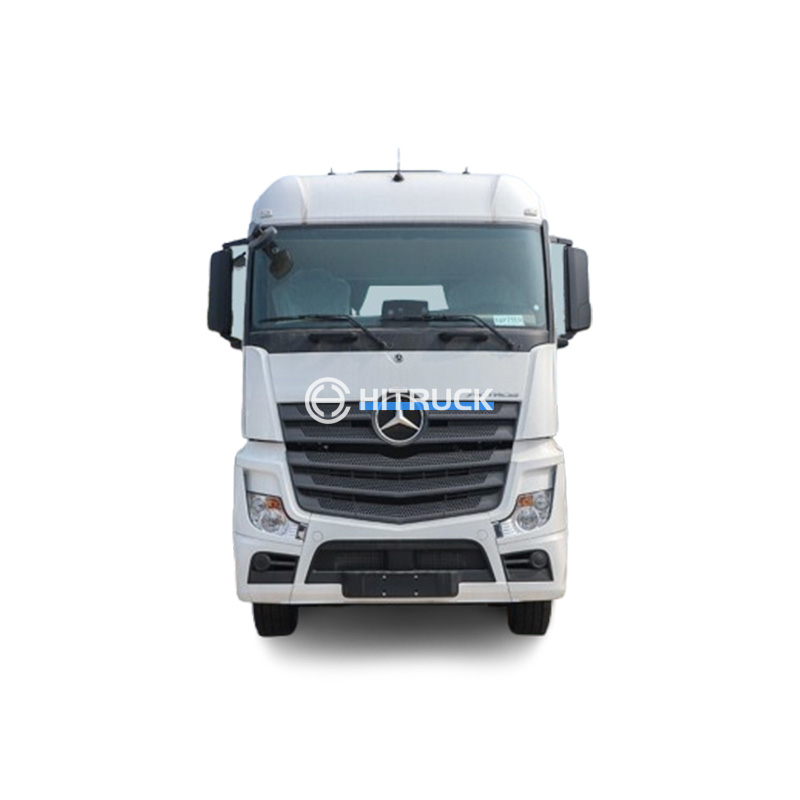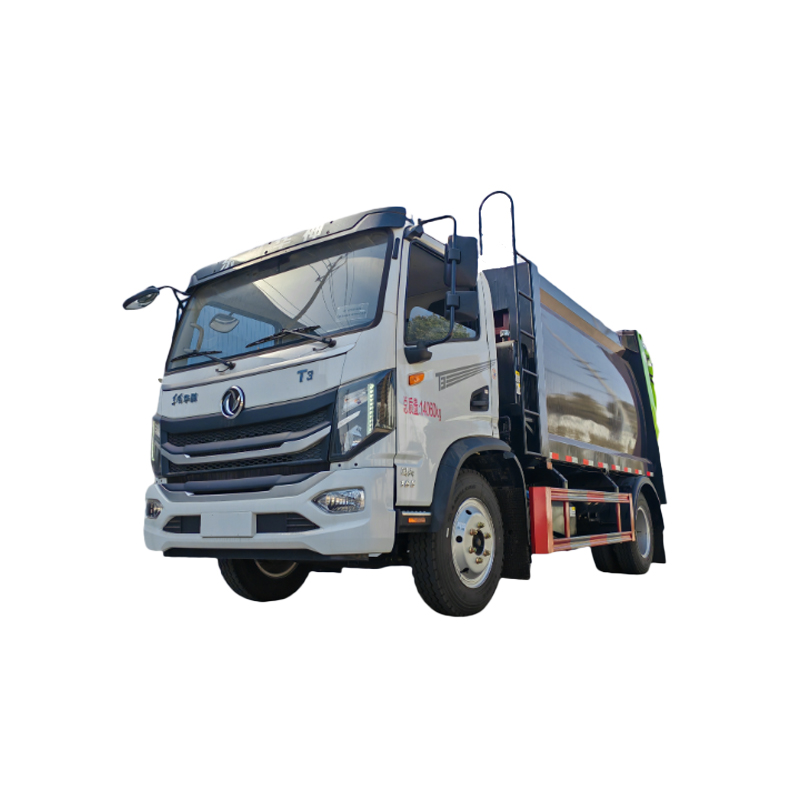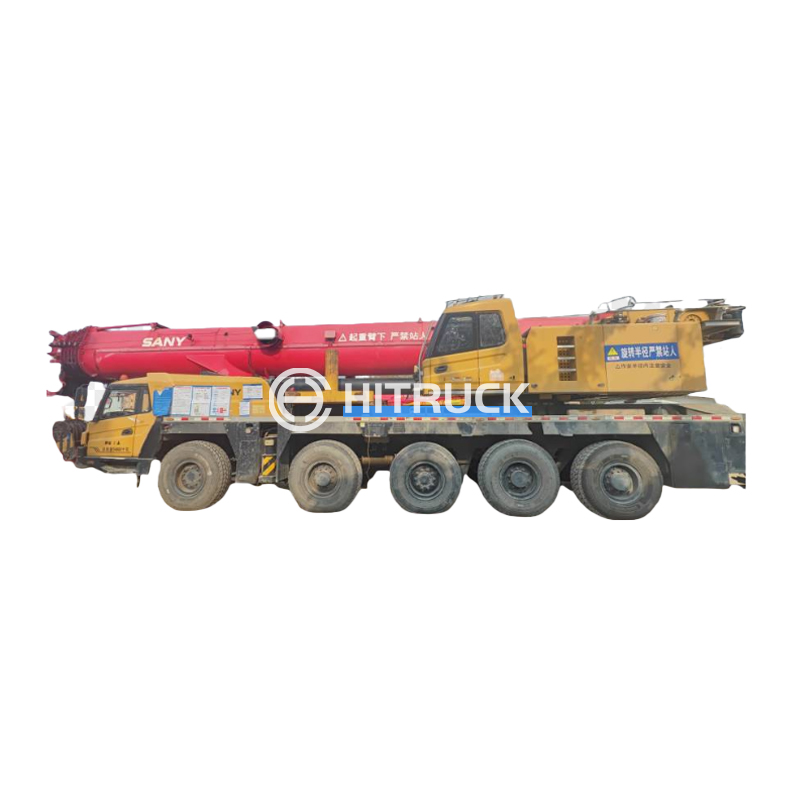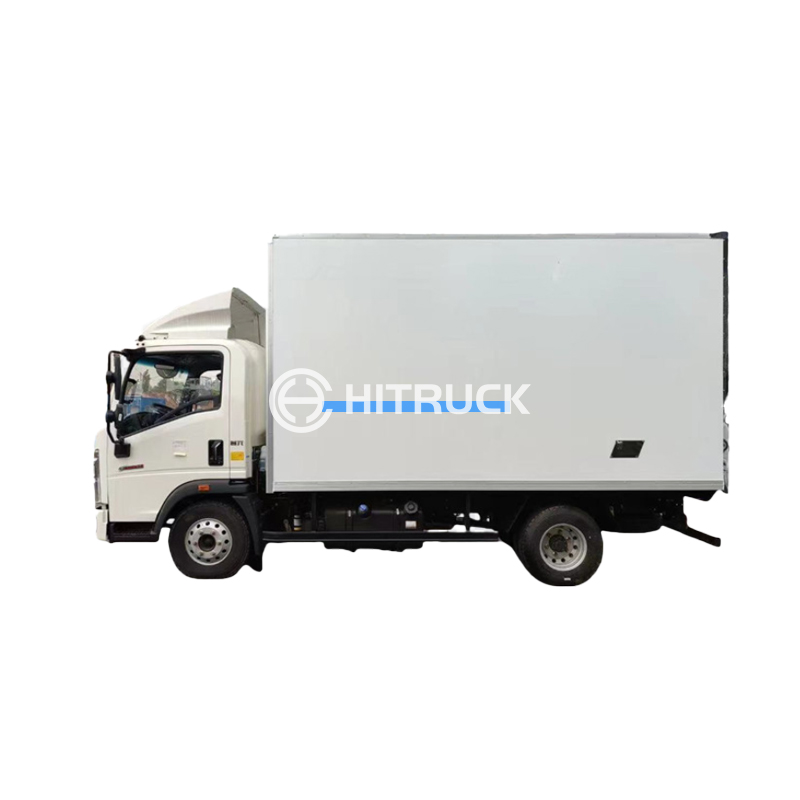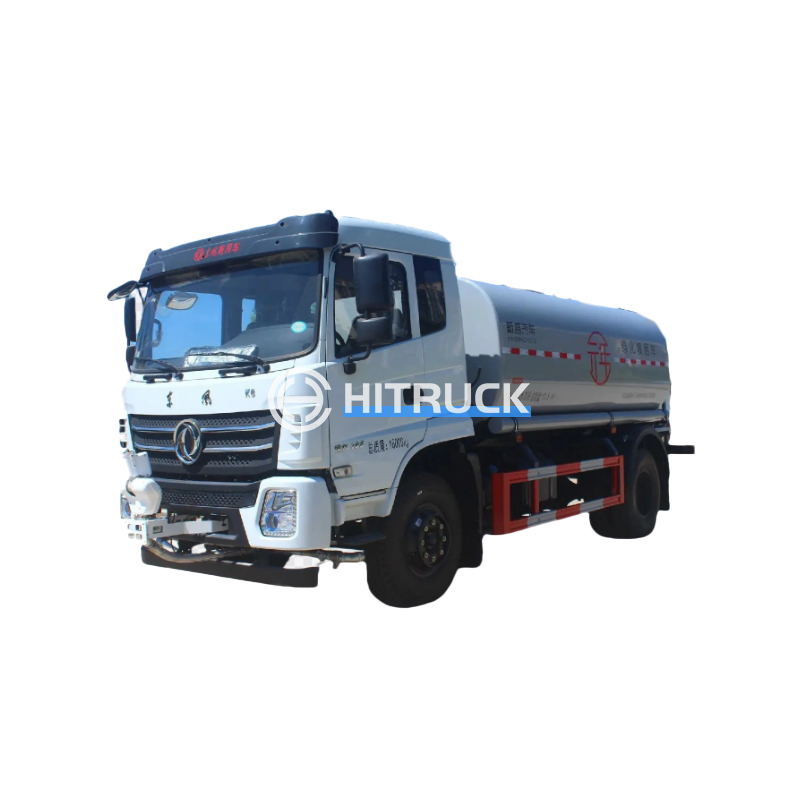This guide provides a comprehensive overview of engine cranes, helping you select the best model for your specific requirements. We'll cover different types, key features, safety considerations, and best practices for use. Learn how to effectively lift and maneuver heavy engine components with confidence and efficiency.
Engine hoists are commonly used in workshops and garages. They often feature a chain or cable lift mechanism and a sturdy base for stability. These are suitable for a wide range of engine sizes and weights but may require more space than other options. Consider factors like lifting capacity (often expressed in tons or kilograms), boom length, and swivel capabilities when choosing an engine hoist.
Engine stands provide a stable platform for supporting an engine during repair or maintenance. Unlike engine hoists, they don't have a lifting mechanism. The engine is manually placed onto the stand. These are best for holding engines securely in a fixed position and are typically less expensive than engine hoists. Ensure the stand's capacity is adequate for the weight of the engine you intend to use it with.
Overhead engine cranes are ideal for larger workshops or garages where significant lifting height and reach are required. They are often installed permanently and are the most robust option, capable of handling very heavy engines. This type requires professional installation and can be a substantial investment, but they offer unmatched versatility and efficiency for heavy-duty applications.
Regardless of the type, several crucial features determine the suitability of an engine crane:
| Feature | Engine Hoist | Engine Stand | Overhead Crane |
|---|---|---|---|
| Lifting Capacity | Variable, up to several tons | Fixed, depends on model | High, variable depending on model |
| Mobility | Mobile, with wheels | Stationary | Stationary, permanently installed |
| Cost | Medium | Low | High |
Always prioritize safety when using an engine crane. Never exceed the crane's rated lifting capacity. Ensure the engine is properly secured before lifting. Use appropriate safety equipment, such as gloves and safety glasses. Follow the manufacturer's instructions carefully. Regularly inspect the crane for wear and tear and replace any damaged parts immediately. For heavier and more complex lifts, consider seeking assistance from a qualified mechanic. Improper use of engine cranes can result in serious injury or damage.
For a wide selection of high-quality automotive tools and equipment, including various types of engine cranes, visit Suizhou Haicang Automobile sales Co., LTD. They offer a comprehensive range of products to meet diverse needs within the automotive repair industry.

